India’s Nuclear Policy
- India wanted to generate atomic energy for peaceful purposes.
- A significant component of his industrialisation plans was the nuclear programme initiated in the late 1940s, under the guidance of Homi J. Bhabha.
India’s Three Stage Nuclear Programme
- Was formulated by Dr. Homi Bhabha in the 1950s
- India has 25% of world thorium reserves but only 1-2% global uranium reserve
- it will enable the thorium reserves of India to be utilised in meeting the country’s energy requirements.
Stage 1 – Pressurised Heavy Water Reactor
- Natural uranium fuelled pressurised heavy water reactors (PHWR) produce electricity
- Natural uranium contains only 0.7% of the fissile isotope uranium-235
- Most of the remaining 99.3% is uranium-238 which is not fissile but can be converted in a reactor to the fissile isotope plutonium-239
- In PWHR, enrichment of Uranium to improve concentration of U-235 is not required. U-238 can be directly fed into the reactor core.
- Generate plutonium-239 as by-product [U-238 → Plutonium-239 + Heat]
- Heavy water (deuterium oxide, D 2O) is used as moderator and coolant in PHWR
Stage 2 – Fast Breeder Reactor
- Would use a mixed oxide (MOX) fuel made from plutonium-239, recovered by reprocessing spent fuel from the first stage, and natural uranium
- plutonium-239 undergoes fission to produce energy, while the uranium-238 present in the mixed oxide fuel transmutes to additional plutonium-239
- Thus, the Stage II FBRs are designed to “breed” more fuel than they consume
- Uranium-235 and Plutonium-239 can sustain a chain reaction. But Uranium-238 cannot sustain a chain reaction, so it is transmuted to Plutonium-239
Stage 3 – Thorium Based Reactors
- an advanced nuclear power system involves a self-sustaining series of thorium-232- uranium-233 fuelled reactors
- This would be a thermal breeder reactor, which in principle can be refuelled after its initial fuel charge using only naturally occurring thorium
According to the three-stage programme, Indian nuclear energy could grow to about 10 GW through PHWRs fuelled by domestic uranium, and the growth above that would have to come from FBRs till about 50GW
Beginning of Nuclear Programme in India
- In 1974, India under the leadership of Indira Gandhi conducted its 1st nuclear explosions and termed it as peaceful explosion (Operation Smiling Buddha) with the argument that it was committed to the policy of using nuclear power only for peaceful purposes.
- Earlier the five permanent members of UNSC (five nuclear weapon acquired powers) tried to impose NPT in 1968 on rest of the world.
- India considered such move as discriminatory & refused to adhere to it.
- India always maintained that treaty like NPT was selectively applicable to the non-nuclear powers; legitimizing the monopoly of the Five Nuclear weapon holding powers.
- In 1998, India again conducted a series of nuclear test after 1974, displaying its capacity to use nuclear energy for military purposes. After some time, Pak too conducted such test, and increased vulnerability of the region to nuclear exchange.
- Unhappy with moves of both India and Pak, International community imposed harsh sanctions
- These sanctions were later waived when India assured no first use of nuclear weapon and maintained its stand of peaceful use nuclear energy and reiterated its commitment to non-discriminatory nuclear disarmament leading to a nuclear weapon free world.
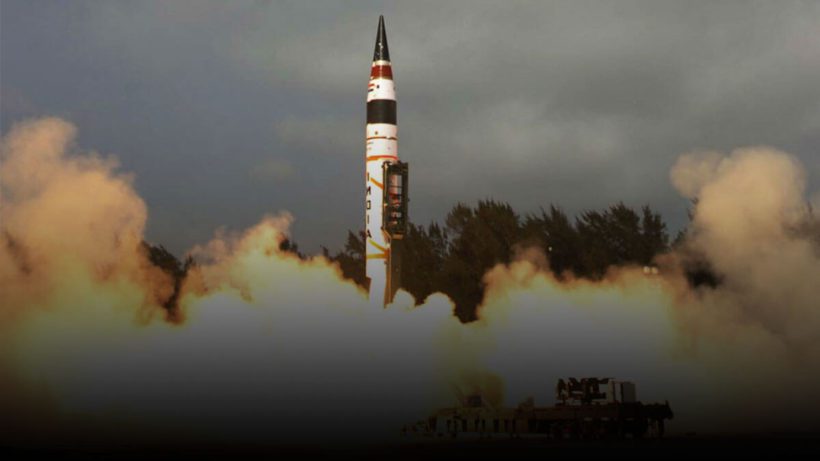

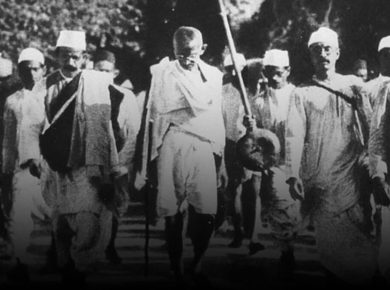
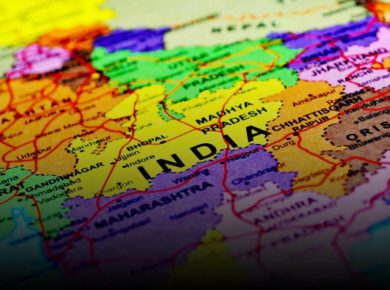

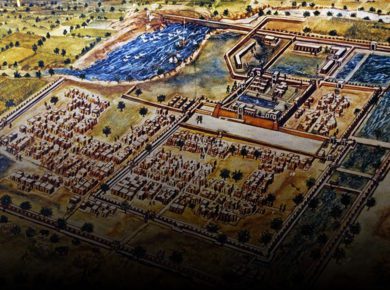
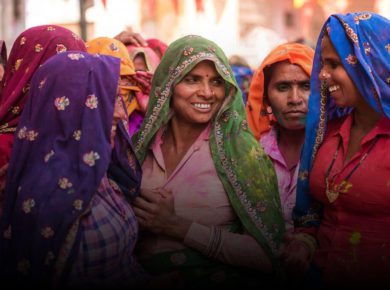




2 comments
Nice article and useful information shared thanks.
super